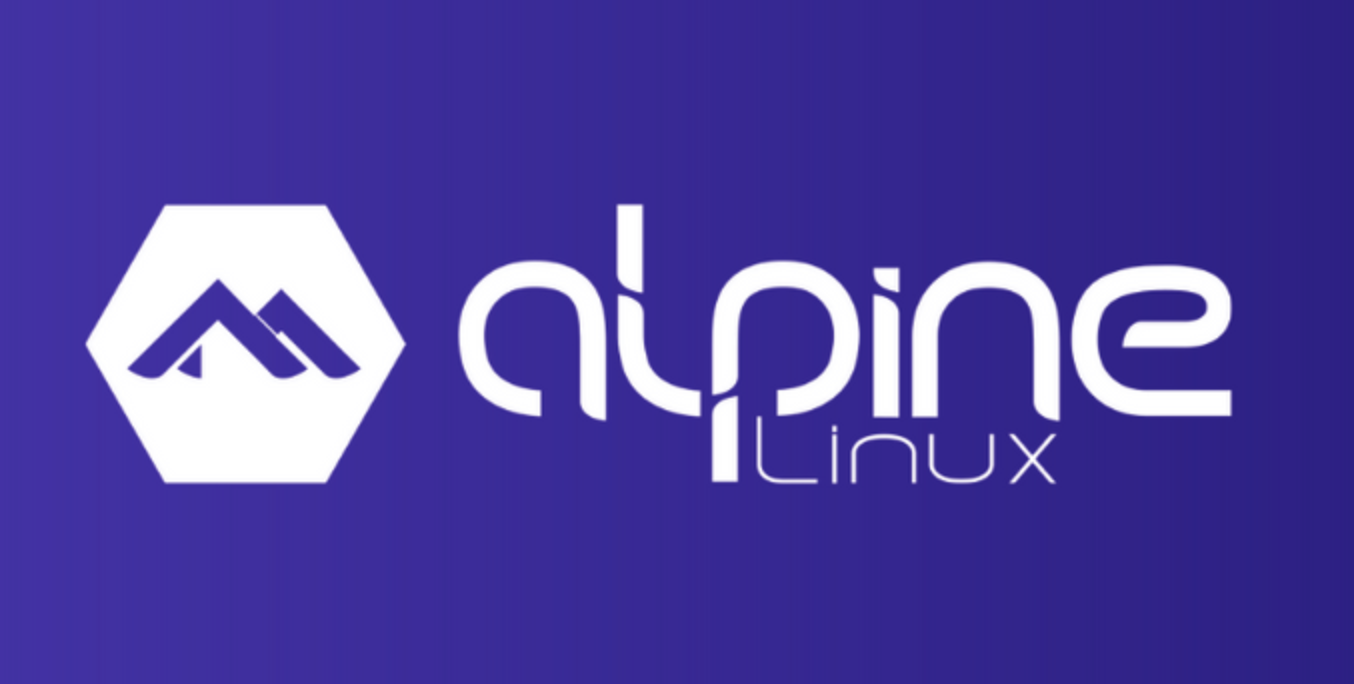
Rosemary Wang
As the author of "Infrastructure as Code, Patterns and Practices", Rosemary Wang works to bridge the technical and cultural barriers between infrastructure, security, and application development. She has a fascination for solving intractable problems as a contributor, public speaker, writer, and advocate of platform automation.






















